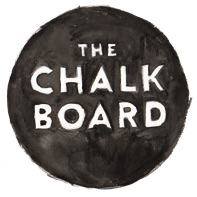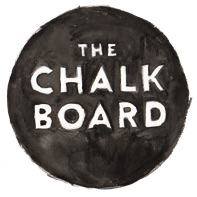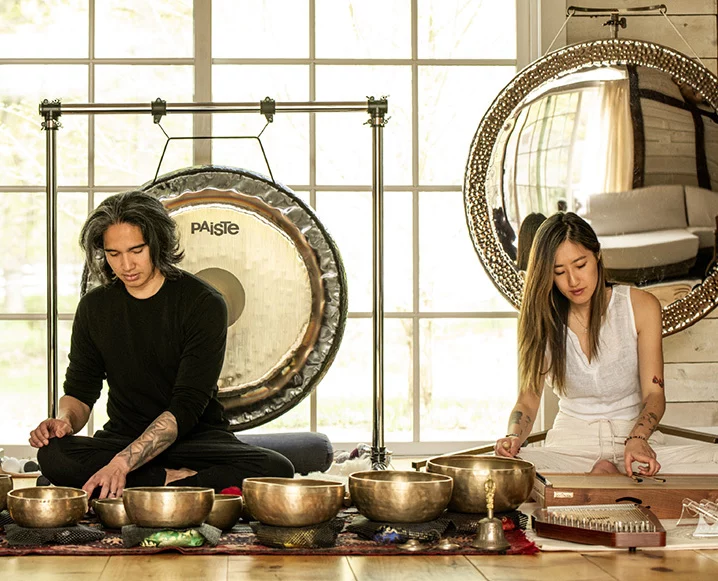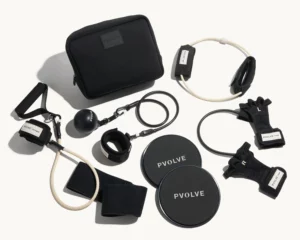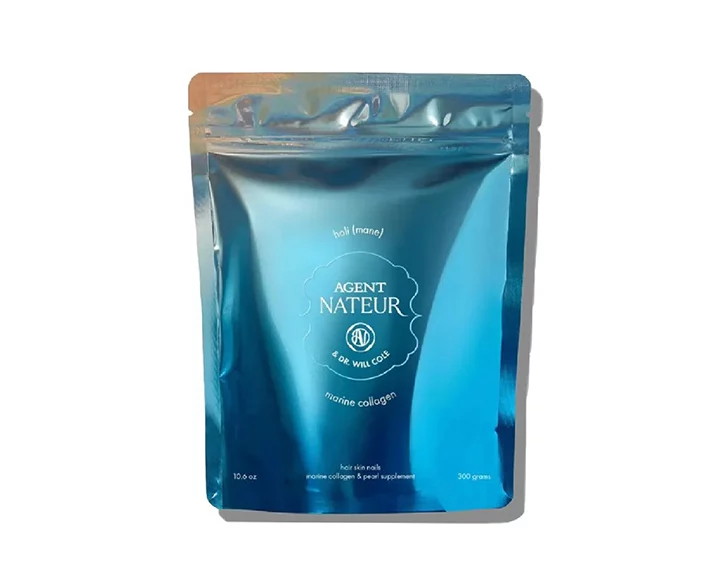If you’ve ever zoned out in a sound bath and called it “healing,” you’re not wrong—but according to sound facilitators Alex Artymiak and Anna Yang, there’s more to the story.
The founders of Empty Space, a stunning new sound and breathwork studio tucked inside a restored barn in Old Chatham, New York, are on a mission to help us tune in more consciously—not just to the gongs and bowls, but to ourselves. With decades of combined experience in music, meditation, and movement (Alex has led over 7,000 classes worldwide), the duo offers a deeper take on sound as a tool for presence, not just passive relaxation.
Their belief? The real healing doesn’t come from the instruments, it comes from the one listening. And understanding the subtle (but powerful) difference between a sound bath and a sound meditation might just change how you experience both.
We sat down with Alex and Anna to explore how intention, breath, and silence all play a role and why their practice invites you not to drift off, but to drop in.

In Conversation with Alex Artymiak & Anna Yang
How would you define the difference between a sound meditation and a sound bath? Alex Artymiak: The main difference resides in the intention of the one receiving the sound. A sound bath is more passive in that you may not have a point of focus. You allow your awareness to travel between the sounds, the physical and emotional feelings that rise, and your thoughts. In a sound meditation, we invite the practitioner to listen judicially. To go deeper into the sounds and listen to their relationship to one another, to hear the subtlety of the notes, and observe how their feelings are moving with the sounds. We encourage listeners to notice when their thoughts rise and in that moment, return their attention to the sound. In sound meditation, we emphasize the agency of the participant. Though there may be some differences in how the sounds are structured or played, the real power lies in the attention of the observer.
Is one more structured than the other in terms of how the sound is delivered or received? Alex Artymiak: It depends on the sound facilitator, and there are many different practices and ways of structuring sound experiences. In many soundbaths, multiple instruments will be used simultaneously, “bathing” the listener in tones and sound. Though I can’t speak for everyone, at Empty Space our intention is to take you on a journey. Different instruments will elicit different emotions, and so we choose to play most instruments by themselves. Playing multiple instruments at the same time may sound pleasant, but the power they have to trigger an emotional response may get lost.
How might someone feel differently during or after a sound meditation versus a sound bath? The main difference would be that during a sound meditation, it can feel like you are on a journey. It can be like a gentle workout for your nervous system, where there are moments of tension that resolve back into peace and deep relaxation. While both experiences leave you feeling peaceful, a sound meditation may take you through a deeper journey to get there. -Anna Yang
 Is one modality better for stress relief, emotional processing, or deep rest? Anna Yang: I think the contrast between tension and release as well as the singular instruments give sound meditations a better outcome in emotional processing. The main idea of a sound meditation is in the presence of the listener and the more attentive someone is to the sounds and the feelings that rise with them, the more they will connect to their emotions. As for stress relief and deep rest, the more you allow yourself to feel tension, the more you will relax when you let it go.
Is one modality better for stress relief, emotional processing, or deep rest? Anna Yang: I think the contrast between tension and release as well as the singular instruments give sound meditations a better outcome in emotional processing. The main idea of a sound meditation is in the presence of the listener and the more attentive someone is to the sounds and the feelings that rise with them, the more they will connect to their emotions. As for stress relief and deep rest, the more you allow yourself to feel tension, the more you will relax when you let it go.
Are the instruments used the same for both? Or are there distinctions in soundscape, rhythm, or pacing? Anna Yang: Though we use the same instruments in both, the way they are used may be different. Oftentimes multiple instruments will be used simultaneously in a sound bath vs in a meditation we tend to focus on one instrument at a time so that the participant can go deeper into each note. When there is too much sound, the feeling of the instrument can get lost so we tend to keep it simple.
Can you walk us through what a typical sound meditation session looks like at Empty Space? Alex Artymiak: We start with a small intro talk where we give guidance on how to approach the experience. We then have the practitioners lay down, relax, and cover their eyes. We guide them through a brief meditation and breathwork session to help center and ground them and then as they fully relax post breathwork we transition through various overtone emitting and harmonic instruments. Instruments may be played close to or on the listener if they are comfortable with it so that they can feel the vibrations as well as experience the modulation of sound that occurs when you play with distance and movement while facilitating.
What are the core techniques or philosophies you draw from in your approach to sound meditation? Anna Yang: The first sound is silence. We play with different aspects of sound to engage the students into active listening and then have moments where we resolve back into silence. Though we may have a ballpark intention, or an emotion that we feel an instrument played in a certain way may create, we also recognize that each individual may have their own experience outside of our intention. For that reason, we observe how a group or individuals may be responding to the sounds and can alter the structure if we feel we need to lighten or intensify the experience.
How does breathwork integrate into your sound meditation classes? Alex Artymiak: Breathwork is a powerful tool to help bring participants into the present moment. We utilize a stronger, rapid breath technique which creates some discomfort, during which we encourage breathing with the discomfort and being open to experience what rises. When the breathwork ends, the result is a deep drop into relaxation with a heightened state of presence and awareness. This acts as a primer so that participants are more available and receptive.
 If someone is new to sound healing, where should they start: a sound bath or sound meditation? Alex Artymiak: Either! It depends on the individual and since you can approach either experience however you would like, I would say choose what resonates (pun intended) with you. Since the power lies in the practitioner, you could sit in a sound bath and meditate, or let go and bathe in the sounds of a meditation. Sound meditation is for everyone, whether you have never meditated before or are a seasoned practitioner. We have had many people come for their first time, having never done a meditation or sound bath, and have an incredible experience. In the end, most people will probably shift between moments of active listening and then get caught up thinking, but we feel that having the intention and awareness that is present in a sound meditation creates a more impactful experience.
If someone is new to sound healing, where should they start: a sound bath or sound meditation? Alex Artymiak: Either! It depends on the individual and since you can approach either experience however you would like, I would say choose what resonates (pun intended) with you. Since the power lies in the practitioner, you could sit in a sound bath and meditate, or let go and bathe in the sounds of a meditation. Sound meditation is for everyone, whether you have never meditated before or are a seasoned practitioner. We have had many people come for their first time, having never done a meditation or sound bath, and have an incredible experience. In the end, most people will probably shift between moments of active listening and then get caught up thinking, but we feel that having the intention and awareness that is present in a sound meditation creates a more impactful experience.
Located in a beautifully restored barn in Old Chatham, New York, Empty Space offers sound meditation, breathwork, and yoga experiences designed to help participants slow down and connect inward. Surrounded by the natural beauty of the Hudson Valley, the studio provides an intimate, thoughtfully crafted setting where sound is more than background—it’s an invitation to presence, awareness, and self-discovery. Learn more about Empty Space here.
